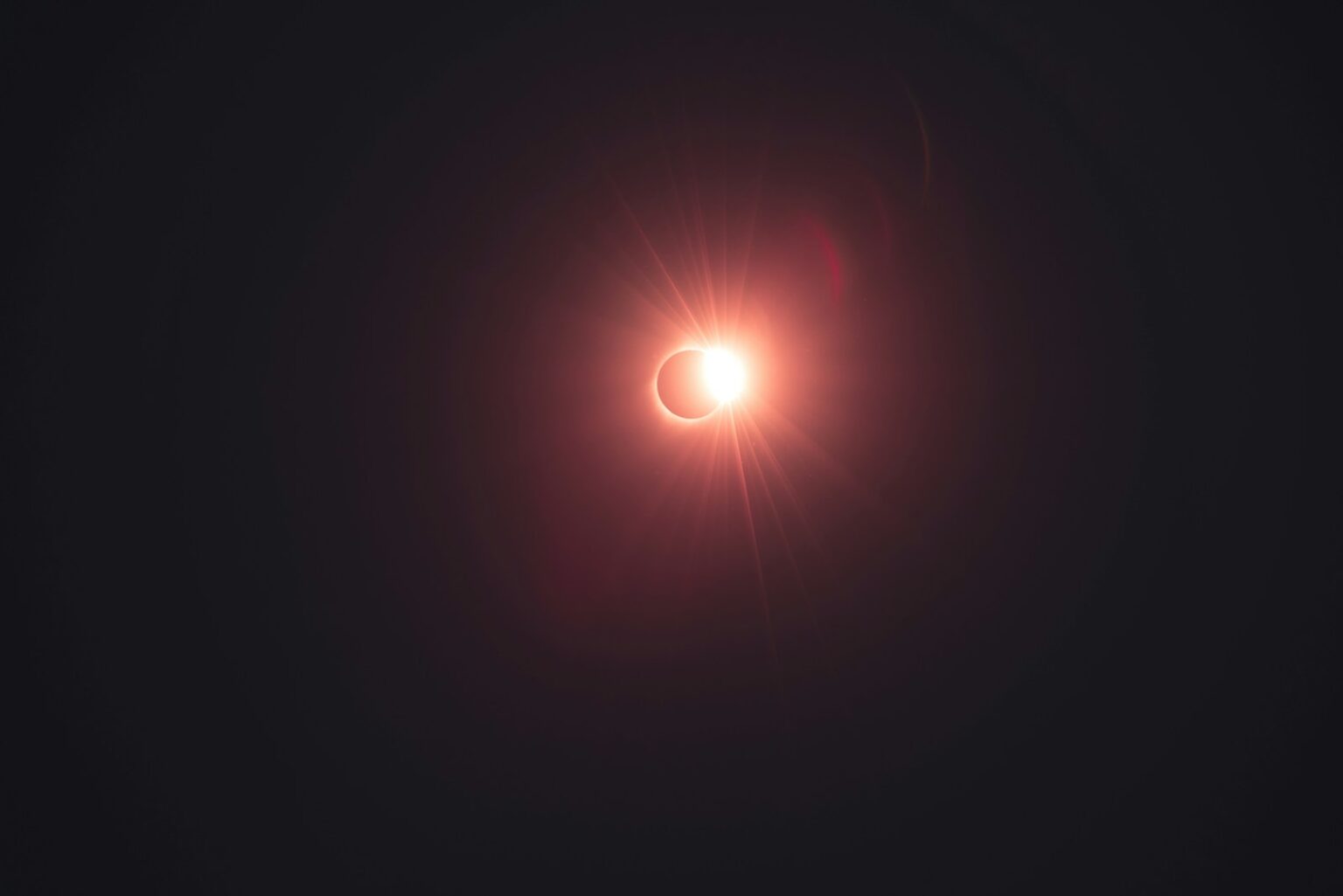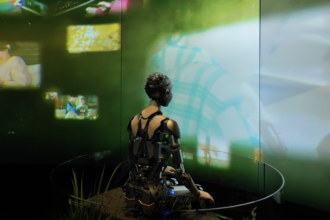A partial solar eclipse will grace the skies on 29 March 2025. Solar eclipses visible from the UK are relatively uncommon, so this is a great opportunity for photography enthusiasts to document a spectacular natural phenomenon. Always practice safety.
Never look directly at the Sun without proper solar filters or use unfiltered optical instruments. While it’s not a total solar eclipse, a partial eclipse provides unique photographic opportunities. This eclipse coincides with the solar maximum, increasing the chances of capturing sunspots and prominences.
For high-frame-rate photographs, capturing the image quickly is important. This prevents the edge of the Moon from appearing blurred due to its movement across the Sun’s disc. Don’t worry if you lack expensive equipment; a smartphone can still yield impressive results.
You can use a simple pinhole setup with a couple of pieces of card to project the eclipse onto a screen. Smart scopes are increasingly popular and often come with solar filters that make it safe and straightforward to view and photograph the Sun. You’ll need a camera or smartphone, solar filter, telescope (optional), tripod (optional), and props for creative pinhole imagery.
If you’re using a telescope, make sure you have a full-aperture certified white-light solar filter. A short-focal-length scope can help you capture the entire Sun’s disc. For telescopes, a mono camera works well, especially with a green or red filter.
Partial solar eclipse photography tips
Take short sequences (5–10 seconds) to avoid motion blur. For DSLRs, single frames or stacked high-frame-rate sequences can provide sharp images.
If you have hydrogen-alpha filters, set them up as you normally would. Monitor sites that provide real-time images to help you orient your shots. Create pinhole images using a tea strainer or a small hole in a piece of card.
Project the image onto white paper, and adjust the distance to make the projection larger. Your phone can also capture the eclipse effectively. Smart scopes often come with compatible solar filters, which can be manually applied.
Centre the Sun on your phone screen and capture still images, video, or even a timelapse. Avoid overly complex sequences that tie you to your equipment. Instead, plan to capture specific, interesting moments such as when the Moon’s edge nears sunspots or prominences.
Consider the cardinal directions to orient your shots correctly. If you capture the 29 March 2025 partial solar eclipse, consider sharing your images with fellow enthusiasts and publications. It’s a great way to contribute to the community and showcase your work.
Just keep your fingers crossed for good weather, and happy photographing!













